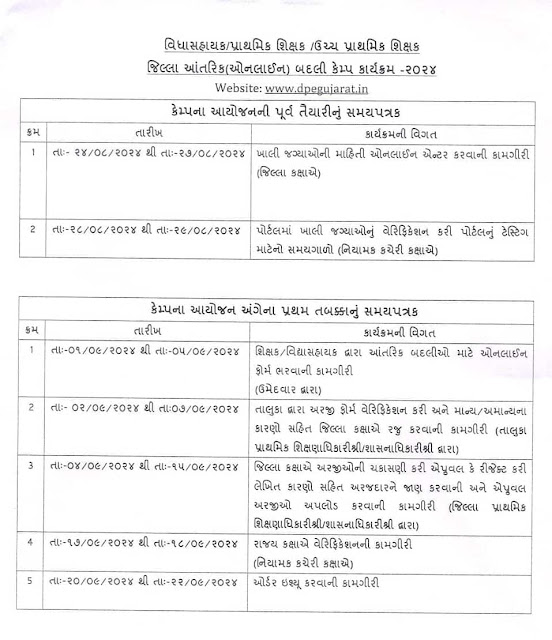During
World War I,
87 F was used for
convoy, patrol, escort and
minesweeping tasks,
anti-submarine operations, and
shore bombardment missions. On 3 February 1916,
87 F and two other 250t-class boats were involved in a shore bombardment operation against
Ortona and
San Vito Chietino, led by the
armoured cruiser Sankt Georg. Three days later, the
scout cruiserHelgoland,
87 F and five other 250t-class boats were intercepted by the British light cruiser
HMS Weymouth and French
destroyerBouclier north of
Durazzo in Albania, during which the only damage was caused by a collision between two of the other 250t-class boats. On 9 July, the scout cruiser
Novara led a force which included
87 F and two
Kaiman-class torpedo boats in a raid on the
Otranto Barrage, the
Allied naval blockade of the Strait of Otranto, which resulted in the sinking of two
drifters. On 4 November, three Italian destroyers and three torpedo boats were involved in a brief encounter in the northern Adriatic with two Austro-Hungarian destroyers accompanied by
87 F and two other 250t-class boats. The following day, the same three torpedo boats conducted a shore bombardment of
Sant'Elpidio a Mare. In 1917, one of her 66 mm guns was placed on an
anti-aircraft mount. On 28 November 1917, a number of 250t-class boats were involved in two shore bombardment missions. In the second mission,
87 F joined seven other 250t-class boats and six destroyers for the bombardment of
Porto Corsini,
Marotta and
Cesenatico.
By 1918, the Allies had strengthened their ongoing blockade on the Strait of Otranto, as foreseen by the Austro-Hungarian Navy. As a result, it was becoming more difficult for the
German and Austro-Hungarian
U-boats to get through the strait and into the
Mediterranean Sea. In response to these blockades, the new commander of the Austro-Hungarian Navy,
Konteradmiral Miklós Horthy, decided to launch an attack on the Allied defenders with
battleships, scout cruisers, and destroyers.During the night of 8 June, Horthy left the naval base of
Pola in the upper Adriatic with the
dreadnought battleships Viribus Unitis and
Prinz Eugen. At about 23:00 on 9 June 1918, after some difficulties getting the
harbour defence barrage opened, the dreadnoughts
Szent István and
Tegetthoff, escorted by one destroyer and six torpedo boats, including
87 F, also departed Pola and set course for
Slano, north of
Ragusa, to rendezvous with Horthy in preparation for a coordinated attack on the Otranto Barrage. About 03:15 on 10 June,
[b] while returning from an uneventful patrol off the
Dalmatian coast, two
Royal Italian Navy (
Italian:
Regia Marina)
MAS boats,
MAS 15 and
MAS 21, spotted the smoke from the Austrian ships. Both boats successfully penetrated the escort screen and split to engage the dreadnoughts individually.
MAS 21 attacked
Tegetthoff, but her torpedoes missed. Under the command of
Luigi Rizzo,
MAS 15 fired two torpedoes at 03:25, both of which hit
Szent István. Both boats evaded pursuit. The torpedo hits on
Szent István were abreast her
boiler rooms, which flooded, knocking out power to the pumps.
Szent István capsized less than three hours after being torpedoed. In October 1918,
87 F was at Durazzo in Albania when the port was bombarded by a multinational Allied naval force. She escaped with minor damage, in what was the last major action involving the Austro-Hungarian Navy.












